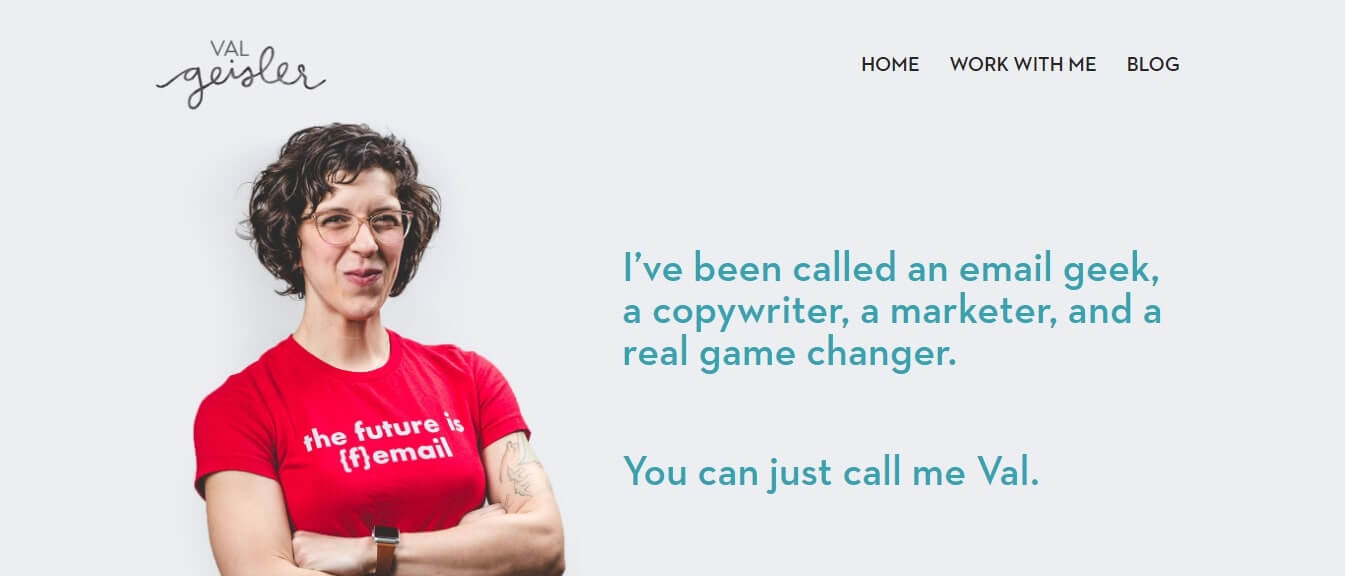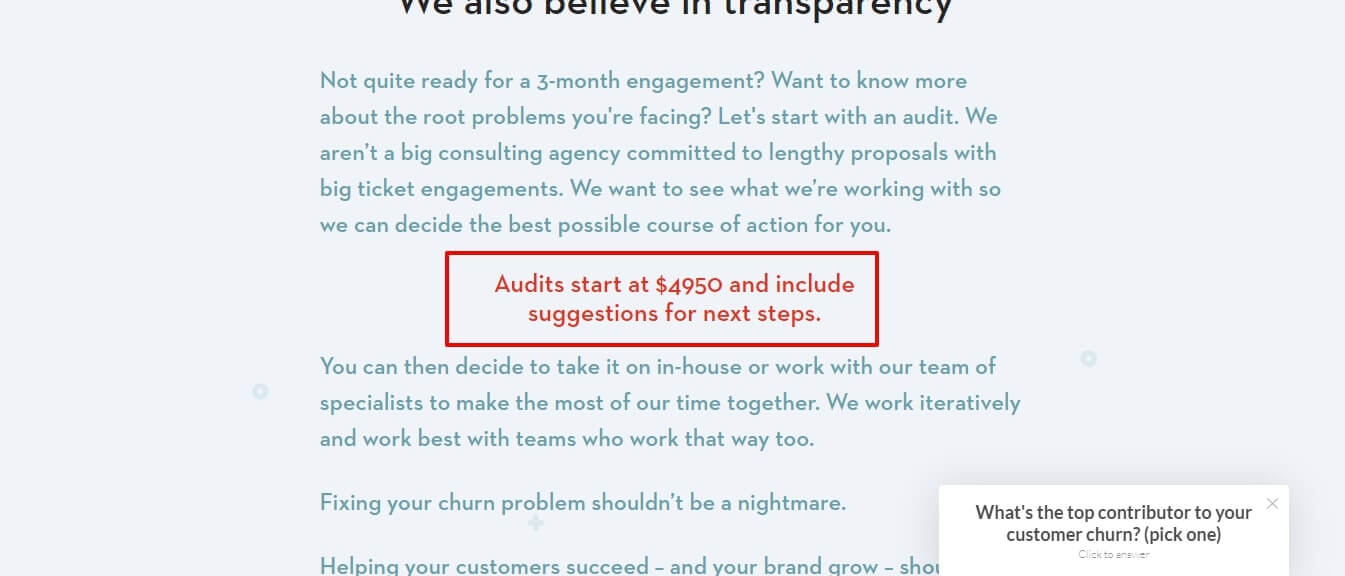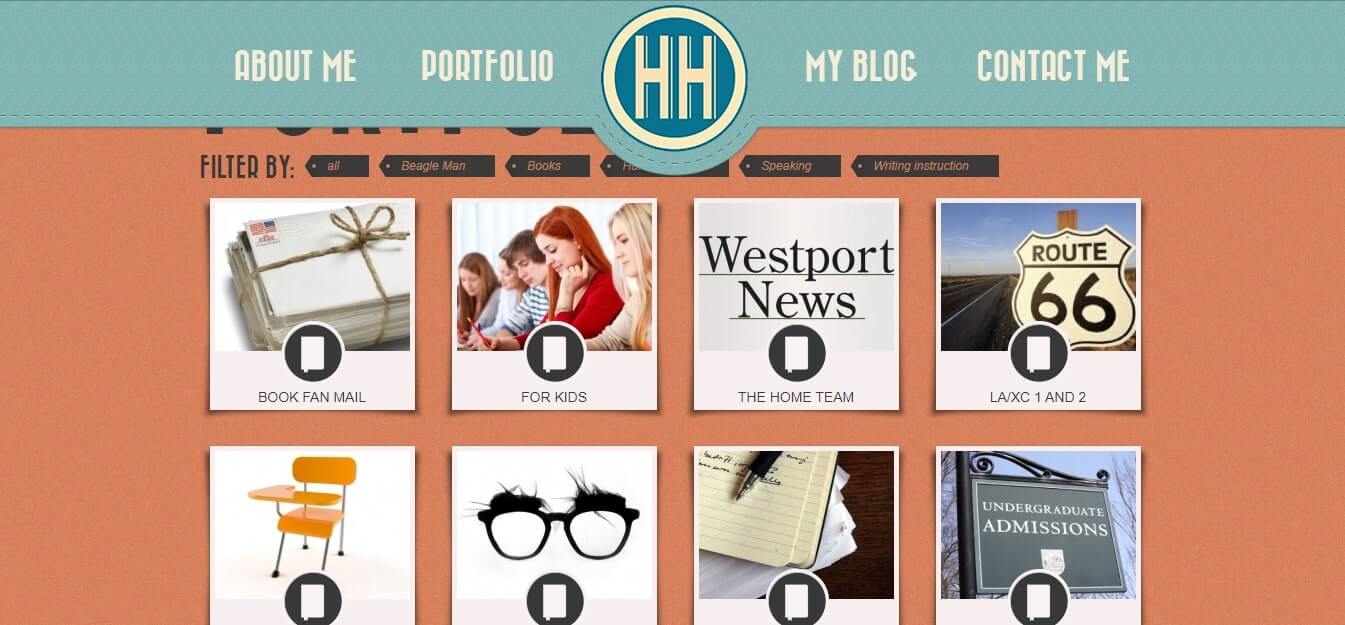There are two major camps when it comes to freelancing. The first camp gets the best jobs, great clients, and earn a great living. The second camp gets the leftovers and seems to be fighting a race to the bottom. Penny pinching clients, vague assignments, and impossible work hours are the norm.
If you’re like most people in the world, you want to be in the first camp while doing work you care about. Normal advice will tell you that it takes years to accomplish those kinds of results. I disagree.
In this article, you’ll learn practical ways to earn more money as a freelancer without having to spend 10 years in the trenches. There’s just one prerequisite, you have to be able to deliver.
Let’s dive in.
Quickly Increase Your Rates as a Freelance Writer
Reprogram your thoughts on money
How much is your ideal rate for a standard assignment like a long-form blog post?
- $100?
- $500?
- $1,000?
- $2,000?
Why isn’t your ideal rate double or triple that number? What’s stopping you from charging that amount right now?
Many freelance writers don’t have degrees related to their chosen profession. They started because they were handy with words and it evolved from there.
This can lead to imposter syndrome with freelancers telling themselves they can’t charge that much because they’re not well known or writing professionally.
While you may not be a big shot, it doesn’t matter to your clients. They’re not looking to hire Tony Robbins or Seth Godin to write for them. They want someone who can deliver quality work to meet their business goals.
Can you do that?
If you answered yes with confidence then your clients will pay you what you ask for because those qualities are so rare.
Instead of the internal narrative that says you’re not good enough or ready to charge that much, flip the script. Replace that statement with one that says “I earn money in proportion to the value I create for others.”
Focus on the value you deliver as opposed to whether or not you’re “supposed” to be earning that kind of money. Asking for a higher rate will be so much easier.
Choose a focus area
New freelance writers tend to take any and all work that comes their way. On the surface, this seems like a great way to build out a diverse portfolio. The problem is that you won’t be able to say you’re an expert at any one thing.
You have a bit of knowledge about financial writing, a little knowledge about personal development, and a bit of expertise in marketing.
When a leading brand in the marketing space comes around, they won’t choose the jack of all trades. It needs someone who has the expertise to jump in and deliver quality work for them. If you are selected, you can’t command rates as high as the specialist because the deep knowledge isn’t there.
That’s why choosing a focus area – also referred to as a niche – is so important. Market segmentation – the process of breaking a niche into smaller parts – allows you to build up a portfolio of work that’s relevant to the exact client you want to land.
Take Val Geisler as an example. She’s narrowed her writing focus to email marketing. Not just any type of email marketing though, there’s an emphasis on email sequences for SaaS products and subscription services.

Through constant application and exposure to email marketing, she’s been able to grow within that market and now charges roughly $5,000 for an audit.

For an actual email campaign, it’s tens of thousands of dollars. It’s worth it to her clients.
Another example comes from Mark Quadros. He also focuses on writing for SaaS brands but focuses on the blogging side of things. He started less than two years ago and has been featured on some of the largest websites in the space.

As you can see on Mark’s website, he calls out the kind of companies he’s working with. After scrolling down, he showcases some of his best work and name drops a few of his clients.
Before choosing a niche, there are a few criteria it must meet:
- Writing is a major communication channel
- There are multiple businesses in the niche (preferably a few large players)
- They’re relatively easy to find and reach out to
Once you’ve settled on your niche, create a landing page that clearly calls them out. It may rank in the search engines but that’s not its main goal. First and foremost, it should let your potential clients know they’re in the right place and how you can help them.
Vet clients carefully
There’s this belief that clients have all the say in whether they work with a freelancer. That doesn’t have to be the case – especially if you’ve done the last step well.
Doing good work in a niche market puts you in a unique position to choose clients you like, respect, and won’t flinch at your asking price. You’ll also be able to avoid the ones that’ll give you problems.
One of the telltale signs that a client may not be a good fit is their overemphasis on pricing. There’s nothing wrong with being conscious of how you spend money. At the same time, they should be willing to pay for services that have a clear ROI.
Note: if almost all of your clients complain about pricing then you may not have chosen the right niche.
Keep the following things in mind when trying to avoid bad clients:
- Too many people with the ability to make changes to your assignments.
- Slow response times. This is bad for everyone because it slows down approvals and payments.
- Confused clients. These ones aren’t clear on what they want or how it should look. Anything you create will be off and require massive amounts of tweaking.
This isn’t an exhaustive list but is enough to help you quickly assess potential writing jobs.
When you do work well good clients will be happy to give you a raise and may start adding bonuses without you even asking. This happened to me after working with a client for 8 months. Out of the blue, they started adding 20% to my standard assignment rate.
Maximize your portfolio
We all know it, the portfolio matters. But you don’t need a thousand past clients to get people excited about what you can do.
Take the example of Bruno Simon.

His portfolio site is a work of art in and of itself. What you see above is an interactive game that showcases his skill.
It’s not writing but you can take the same approach. In addition to a few relevant client projects, write your portfolio website in a way that leads people to work you’ve done for yourself.
Create blog posts, resources, email courses, etc. relevant to your ideal clients. Not only will it help you generate leads, but it’ll also be a way to showcase your talent even if you don’t have past projects.
Through it all, keep your own personality intact. You’d be surprised how much that matters to clients. Many told me it was because of the personality seen in my writing that got me the job.
I digress.
Moving on.
Hank Herman has a versatile portfolio.

It showcases his professional writing, personal work, and other engagements he has. You’re able to go down the path you find most interesting and look at what he’s working on.
Now, the last thing I want to touch on which should be obvious but isn’t is that you have to ask for more.
No one is going to look at your rate and tell you it’s too small. Rather, they’ll pat themselves on the back for finding a gem such as you.
If you’re uncomfortable doubling your rates then increase it by 25% for every new client you take on.
If you start at $100 today, the next client should be $125, the next one should be around $150, and the one after that should be about $190. Keep going until you get a lot of pushback.
Stay there for a few months to get more experience then start increasing it again in 25% increments.
At the end of twelve months, you should be at a place it takes the average freelance writer years to arrive at.
Conclusion
Freelance writing doesn’t have to be a thankless job with long hours and low pay. There’s nothing stopping you from earning a healthy living.
You just need to take the right steps which include:
- Have the right mindset around money
- Choose a specific niche to focus on
- Be careful about the kind of clients you take on
- Create a compelling portfolio
- Ask new clients for a higher rate
Let me know how you’ve increased your rates and how long it took you in the comments and don’t forget to share.
20 Powerful Tips to Get New Freelance Clients On Board
About the author
Daniel Ndukwu started his career as a freelance writer before founding the software company KyLeads. He still takes on the occasional client to keep his writing sharp and stay abreast of the industry. When not working on his company, you can find him spending time and traveling with his family.




Leave a Reply